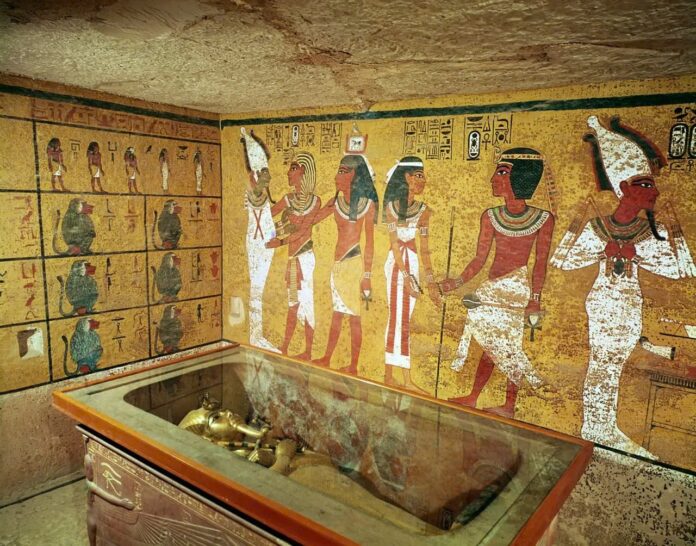A Journey Through Time: The Discovery of King Tut’s Tomb
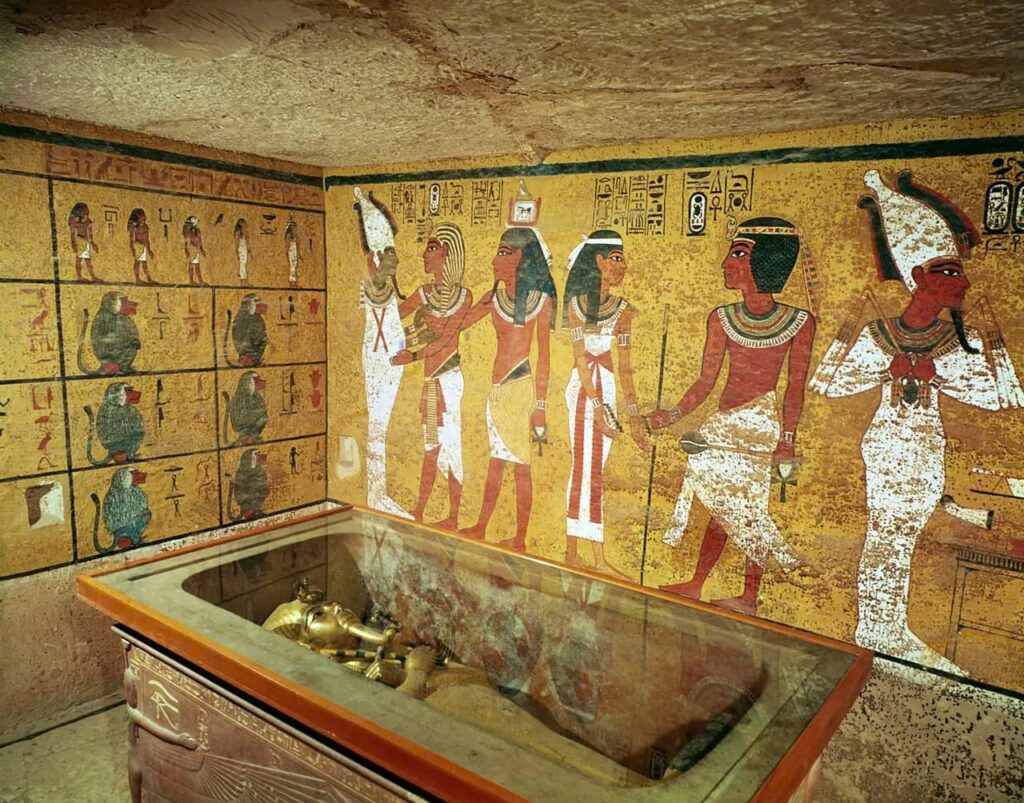
On November 4, 1922, the sands of Egypt revealed a secret that had been hidden for over 3,000 years. In the Valley of the Kings, archaeologist Howard Carter uncovered a series of 16 steps leading to a sealed stone door. Little did he know that behind this door lay one of the most significant archaeological discoveries of the 20th century – the tomb of Tutankhamun.
The Boy King’s Final Resting Place

Tutankhamun, a young pharaoh who died at the tender age of 19, left behind a legacy that would captivate the world. Unlike many other royal tombs that had fallen victim to looters over the centuries, King Tut’s burial chamber remained largely intact, preserving a treasure trove of artifacts and insights into ancient Egyptian life.
A Glimpse into Ancient Egypt
As Carter and his team carefully excavated the tomb, they unveiled a wealth of priceless objects:
- The iconic golden mask of Tutankhamun
- Ornate furniture and jewelry
- Ceremonial chariots
- The sarcophagus containing the mummy of the young king
These artifacts not only showcased the opulence of ancient Egyptian royalty but also provided valuable information about their burial practices, religious beliefs, and daily life during the 18th Dynasty.
The Tomb’s Artistic Wonders
Walls That Tell Stories
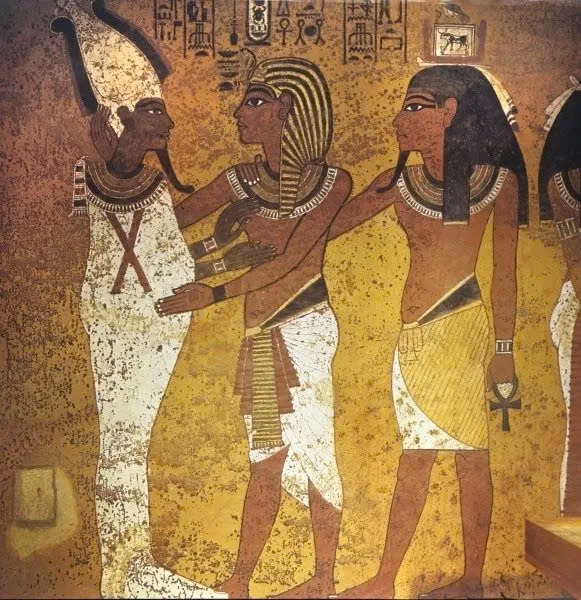
The tomb’s walls were adorned with intricate paintings and hieroglyphs, each telling a story of the king’s journey into the afterlife:
- The west wall featured scenes from the Book of Amduat, depicting the sun’s nightly journey through the underworld.
- The north wall showed Tutankhamun with his Ka (life force) before Osiris, the god of the afterlife.
- A unique scene portrayed the Opening of the Mouth ceremony, a ritual typically performed by an heir for the deceased king.
Celestial Connections
The ancient Egyptians’ understanding of the cosmos was evident in the tomb’s artwork. They divided the sky into two parts:
- The southern part contained the “tireless” stars that constantly rose and set.
- The northern part housed the “immortal” circumpolar stars that never set.
The Impact of King Tut’s Discovery
Preserving History
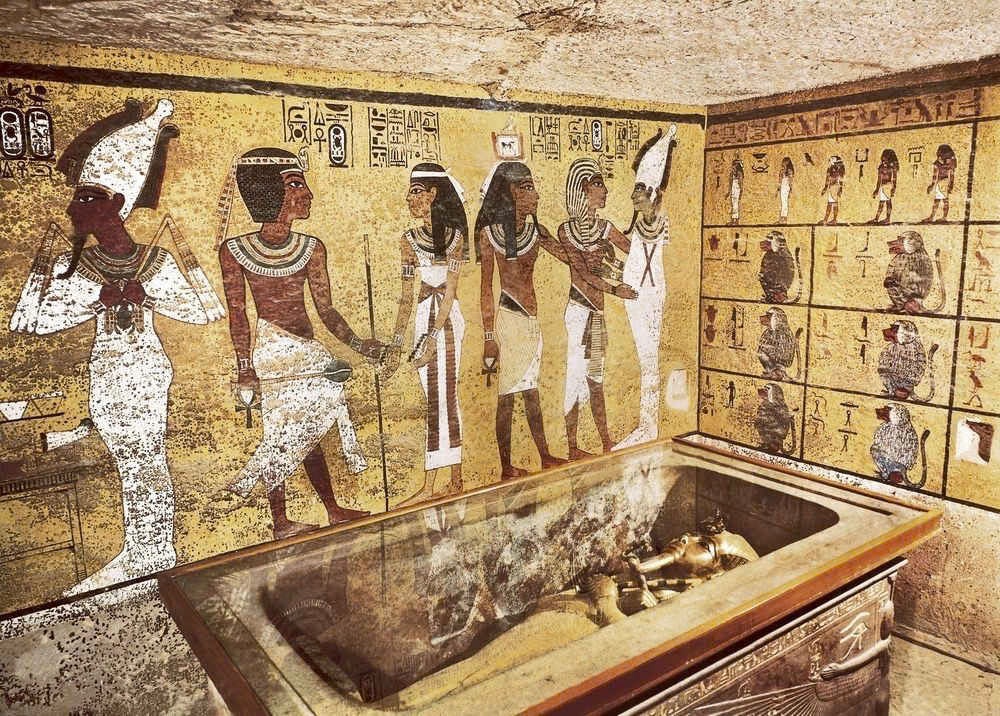
The remarkable preservation of Tutankhamun’s tomb allowed archaeologists to study ancient Egyptian culture in unprecedented detail. From burial customs to artistic techniques, every artifact told a story of a civilization long past.
A Cultural Phenomenon
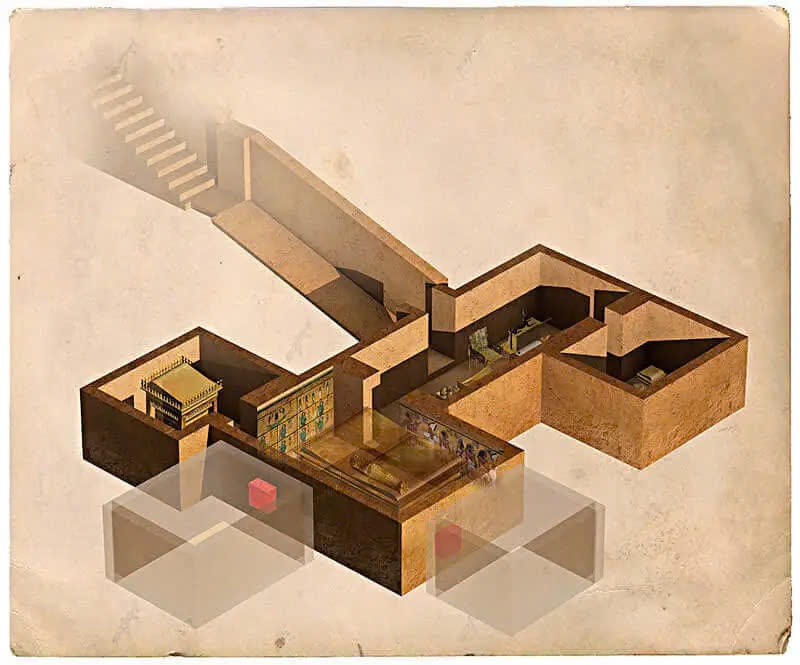
The discovery of King Tut’s tomb in the 1920s ignited a global fascination with ancient Egypt. The treasures found within became symbols of the grandeur and mystery of this ancient civilization, inspiring countless works of art, literature, and film.
Ongoing Legacy

Today, the tomb of Tutankhamun continues to be a source of wonder and study. Its contents have traveled the world in exhibitions, allowing millions to glimpse the splendor of ancient Egypt and ensuring that the boy king’s legacy lives on, thousands of years after his reign.
